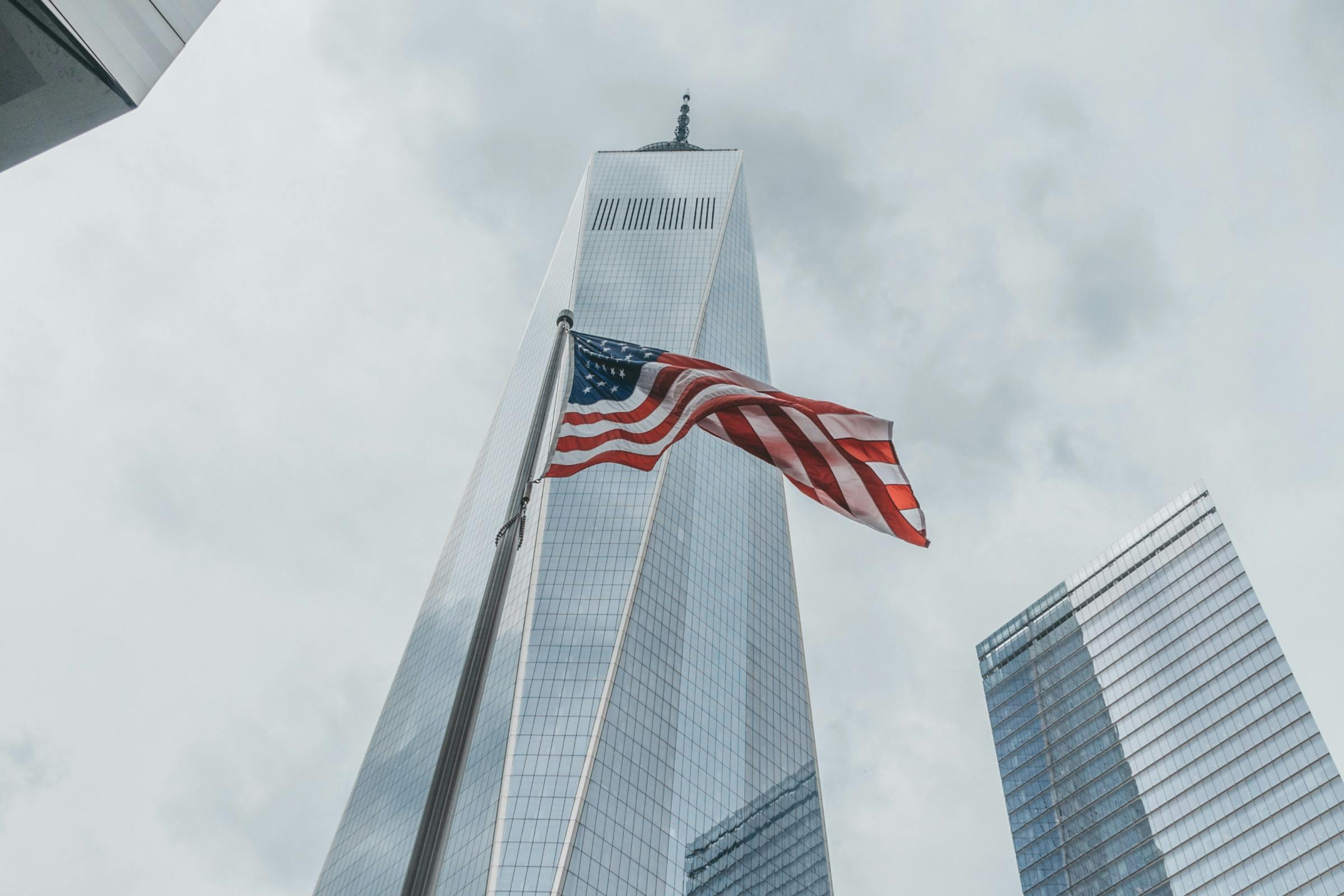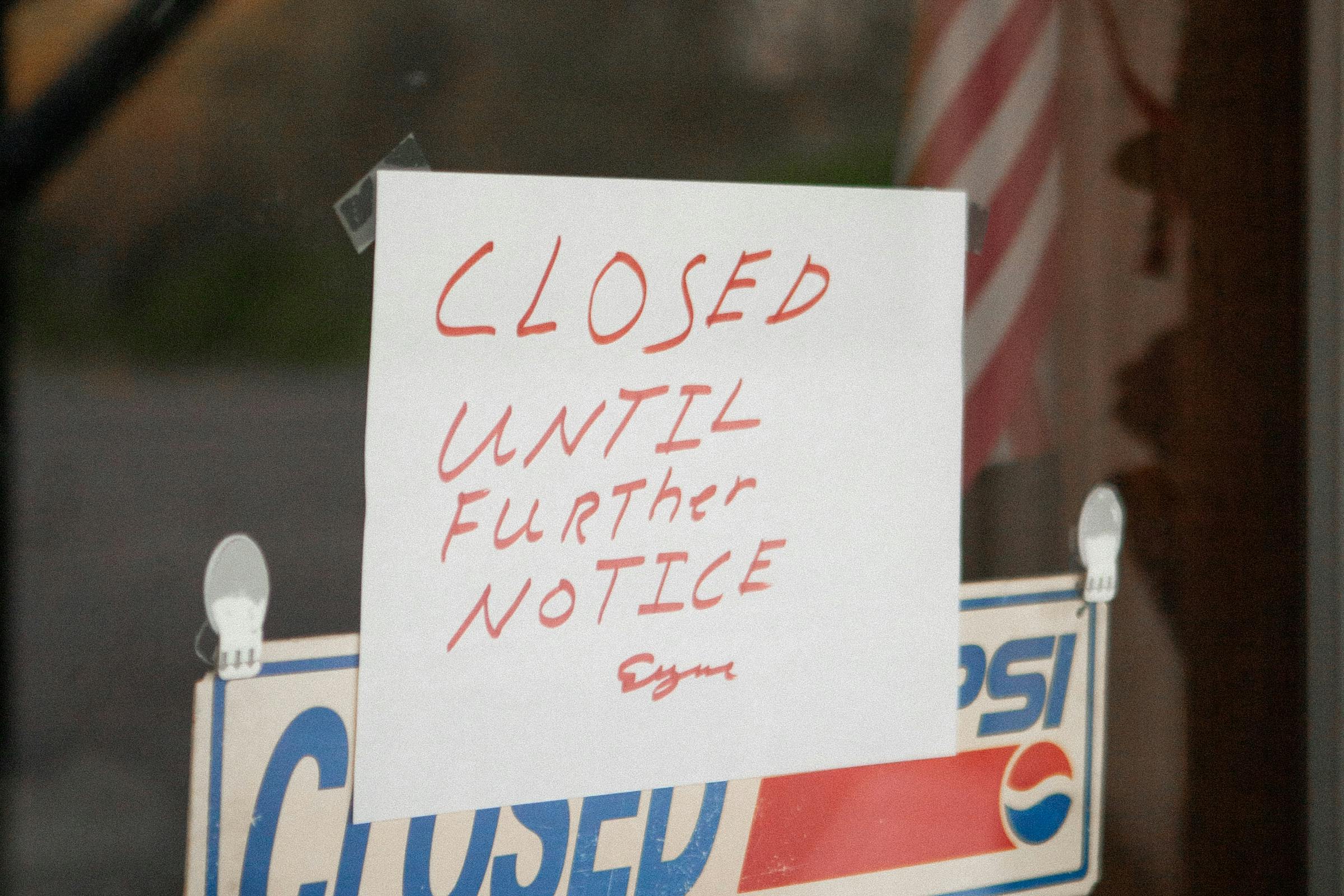The Original H-1B Visa Allotment
Although the H-1B visa program as we know it today was not formed until after the Immigration Act of 1990, it has been around in some form since the Immigration and Nationality Act of 1952. That act established an H-1 visa for workers in general, and the category split into an H-1A for nurses and an H-1B in 1990.
At that time, Congress established a limit of 65,000 cap-subject H-1B visas for each fiscal year. Employers would apply for permission to extend a job offer to a foreign worker through a Labor Condition Application (LCA). If approved, the employer could choose a skilled worker to sponsor through an H-1B visa petition. However, since more petitions are consistently requested than allotted each year, Congress instituted a random lottery to select which registrations would pass on to the next level.
How the H-1B Visa Program Works
From the beginning of the program, individuals can obtain an H-1B visa and receive permission to work and live in the US, bringing their immediate family with them. They must have the skills to perform an approved specialty occupation, defined as one which requires theoretical and practical application of a highly specialized field. These bodies can include chemistry, technology, engineering, journalism, medicine, and statistics, as well as others with similar high-level requirements.
At a minimum, a bachelor’s degree or equivalent is necessary unless the individual is in a career where they have distinguished merit and ability, such as a fashion model. The individual sponsored must stay employed by the sponsoring employer to remain in the country under the H-1B status or find an approved employer to transfer employment to.
The Lottery and Limited Allotment
H-1B visas are broken into two categories: cap-subject and cap-exempt. Cap-subject positions are typical jobs that require highly skilled labor. Cap-exempt are jobs that need skilled labor, but the employers are universities, approved non-profits, or governments or centers affiliated with those organizations.
Cap-exempt visas are provided at any time of the year, and the petitioner does not need to go through the lottery process. Cap-subject registrations are only submitted during a short window in March. Registrants are entered into a lottery at the end of the window, and 65,000 are chosen to move to the next level and complete the H-1B visa petition.
After the first lottery is complete, a second drawing takes place for those who were not chosen and who have advanced degrees. Of that smaller number, 20,000 more are selected.
Once the petition is approved, the beneficiary can live and work in the United States with various benefits, including the right to bring their spouse and dependent children. The visa’s duration is three years, with an optional three-year extension.
Demand is Outgrowing Supply
For the past twenty years, the H-1B visa program has operated on sort of an “if it isn’t broke, why fix it” path. Government legislation has tweaked aspects of the program, but overall, it continues to run much the same way it did at its onset.
The concern of many today is that demand has long outgrown the supply. The United States population has significantly increased over the past two decades, and the number of businesses in the country has, as well. Employers need skilled workers, but there aren’t enough foreign visas to fill the need.
With more skilled nonimmigrant help, the program could substantially boost the US economy. Businesses could expand, and more opportunities for Americans relying on those skilled positions that remain vacant would arise.
Currently, the worker shortage is a part of daily life across the country. This labor shortage is intricately linked to inflation. Without workers to fill the gaps in the supply chain, consumers continue to pay higher than normal prices for their essential needs, which causes businesses to raise their fees to cover overhead and expenses.
Increasing the H-1B visa allotment provides a way to fix many of these glaring problems. Proponents also suggest that providing more legal avenues for migrants to enter the US will reduce many of the issues along the southern border.
What’s Next?
As the US government continues to debate whether or not to update the H-1B visa to reflect today’s evolved landscape, one thing remains consistent: At Visa2US, our skilled immigration law professionals are here to help you obtain and keep your visa.
When you want to propel your career path forward and find an occupation in the United States, our friendly professionals are here to guide your legal steps. Contact us 24/7 to find out if an H-1B visa is for you.














